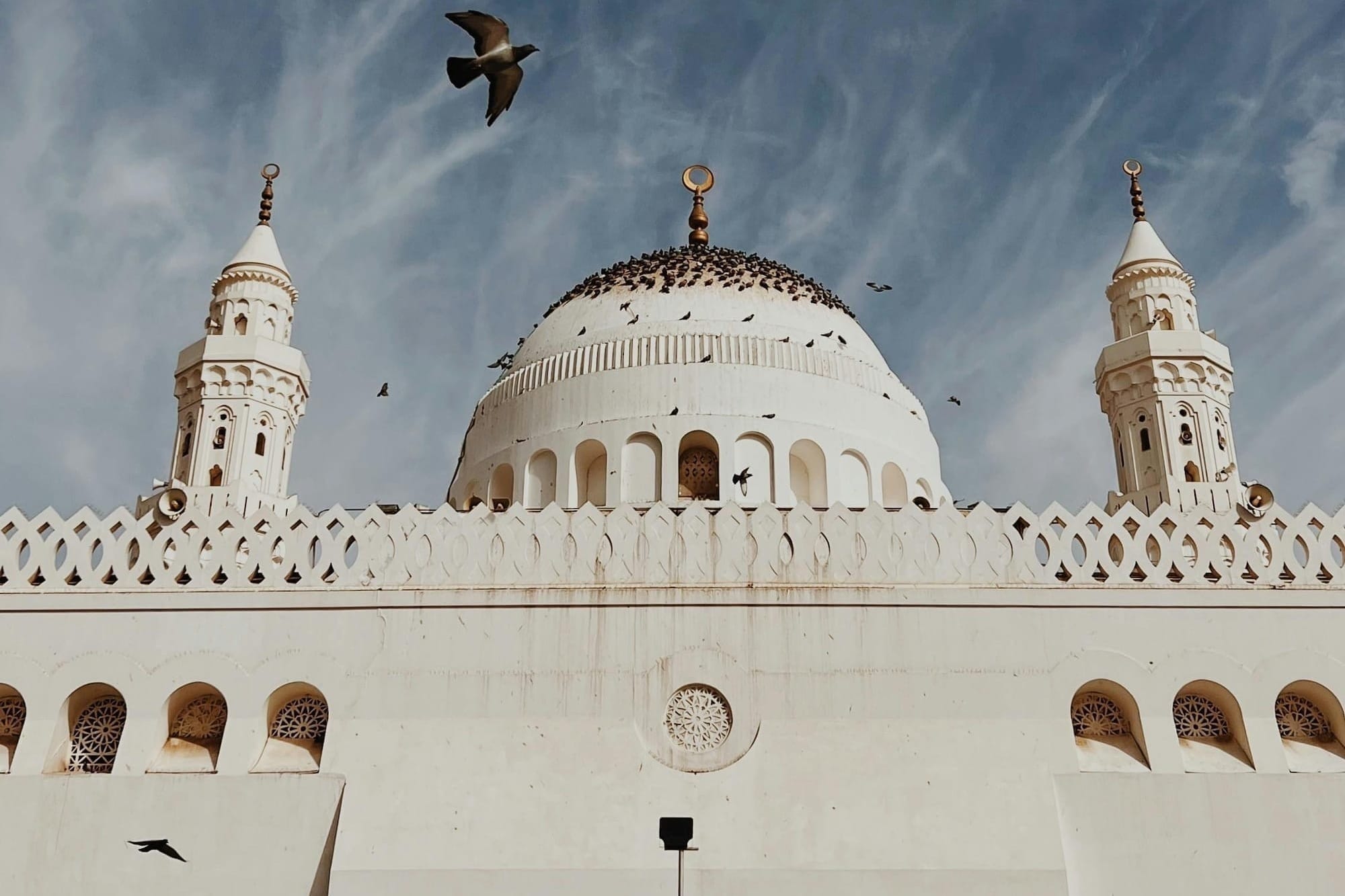Located in the sacred city of Madinah, the Qiblatain Mosque (also known as Masjid Qiblatain) holds a unique place in Islamic history. It is famously known as the mosque where Prophet Muhammad (ﷺ) received the divine command to change the direction of prayer (qibla) from Jerusalem to the Kaaba in Makkah. For pilgrims, history lovers, and travelers alike, this site offers a deeply spiritual and culturally rich experience.
Whether you're performing Umrah, exploring Islamic heritage, or planning a tour of Madinah, this guide will provide all the information you need to make the most of your visit to Masjid Al Qiblatain—a highlight on the Madinah Hop-On Hop-Off Bus Green Route, which conveniently connects many of the city's historic Islamic landmarks.
The Historical Significance of Al Qiblatain Mosque
The Turning Point in Islamic Worship
The name "Qiblatain" means "two qiblas." Originally, Muslims faced Jerusalem when performing prayers. However, during a prayer at this mosque in the second year after Hijrah, Prophet Muhammad (ﷺ) received a revelation instructing him to turn towards the Kaaba in Makkah. This pivotal moment marked a profound shift in Islamic worship and solidified the unity of the Muslim ummah.
A Site of Legacy and Spiritual Reflection
The event of the qibla change is narrated in the Qur'an in Surah Al-Baqarah, verse 144, which says:
"We have certainly seen the turning of your face, [O Muhammad], toward the heaven, and We will surely turn you to a qibla with which you will be pleased. So turn your face toward al-Masjid al-Haram." (Qur’an 2:144)
This revelation not only signified a change in the physical direction of prayer but also represented a profound shift in the spiritual identity of the Muslim ummah—distinguishing it from previous communities and uniting the faithful around the Kaaba. The moment took place during a congregational prayer, during which the Prophet (ﷺ) turned mid-prayer to face Makkah, with the companions following suit—a powerful symbol of immediate obedience to divine command.
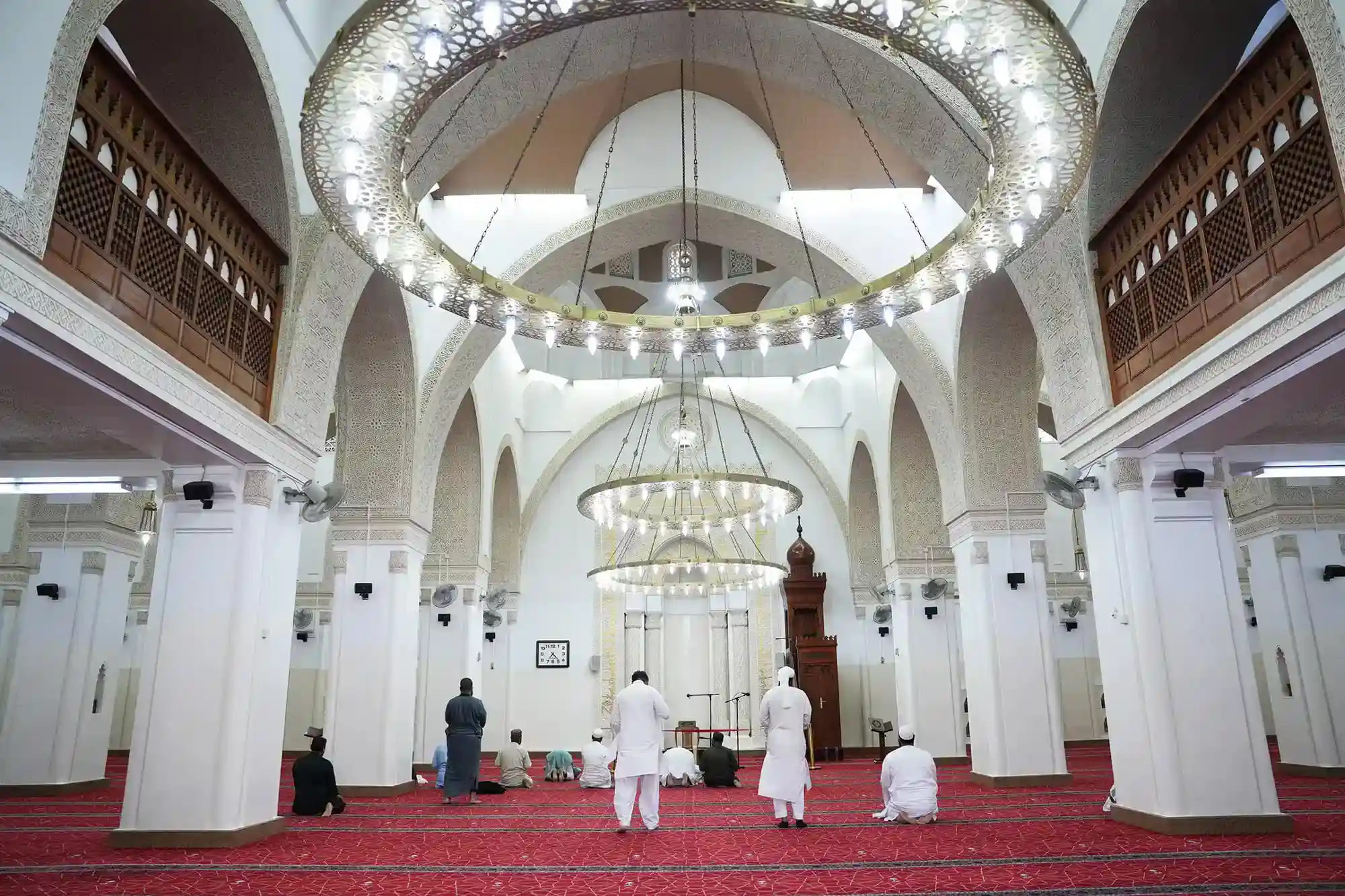
Today, Masjid Qiblatain stands as a living monument to that momentous shift, offering visitors a tangible connection to this pivotal chapter in Islamic history. It's a place that invites both reflection and reverence, drawing those who seek a deeper understanding of the early days of Islam.
What Was Masjid Qiblatain Originally Called?
Before it became widely known as Masjid Qiblatain, the mosque was originally called Masjid Bani Salamah, named after the Bani Salamah tribe that lived in the area on the outskirts of Madinah. This tribe generously hosted the Prophet Muhammad (ﷺ) and his companions for prayer during his visits to their neighborhood. It was during one of these prayers that the divine command to change the qibla was revealed.
Architectural Beauty of Masjid Qiblatain
Prior to the major renovations in the late 20th century, Masjid Qiblatayn was a much smaller and more modest structure. It featured basic stone walls, a flat roof, and minimal ornamentation—characteristic of early Islamic architecture in Madinah. Inside, two distinct mihrabs marked the direction of both Jerusalem and Makkah, allowing visitors to visually grasp the historical significance of the qibla change.
The mosque had limited space for worshippers and lacked many of the modern amenities seen today. Despite its humble design, it held immense spiritual value, drawing pilgrims who were deeply moved by its historical resonance.
Recent Renovations and Modern Features
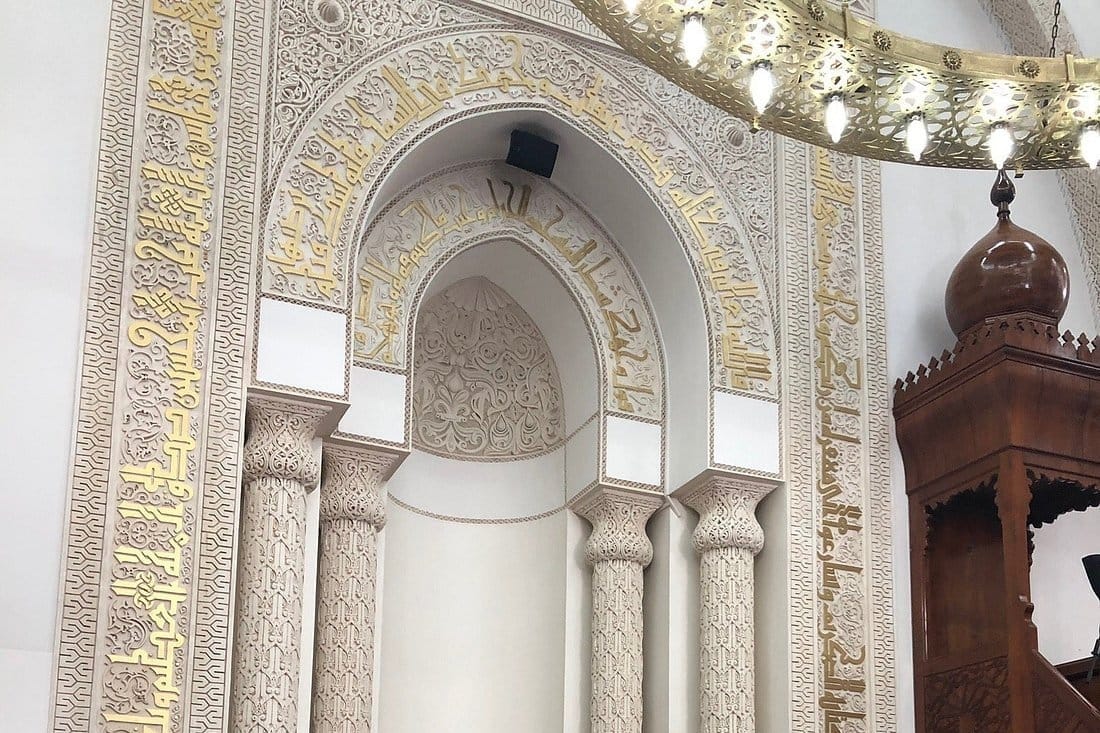
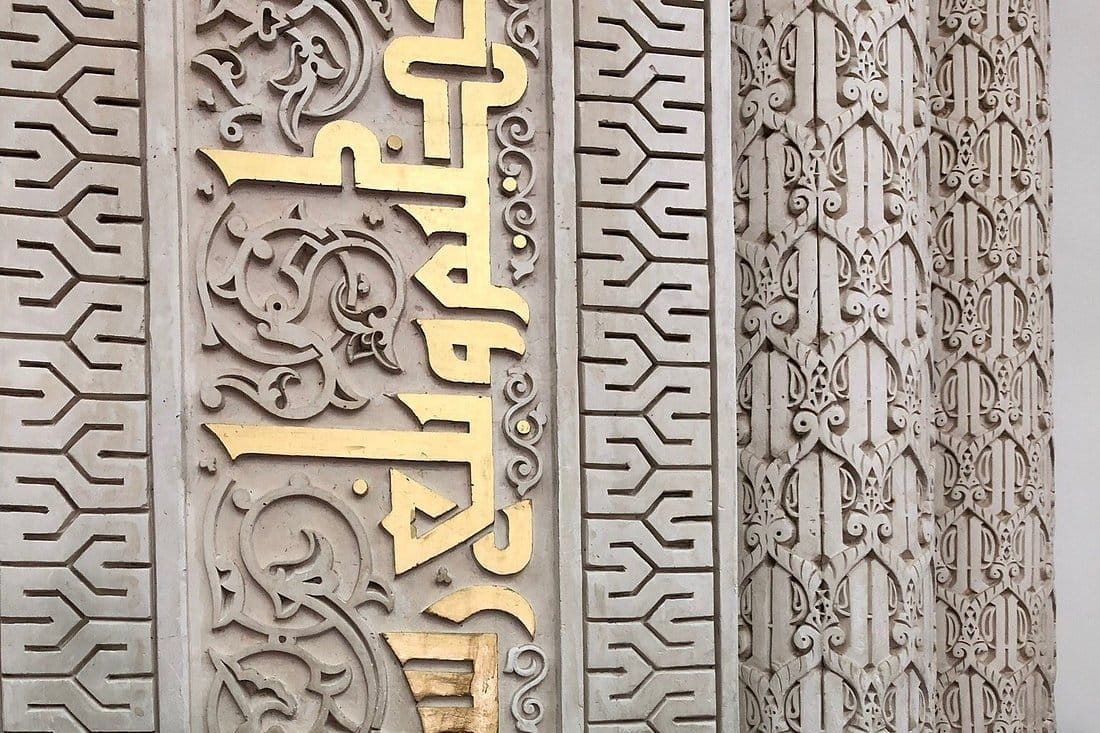
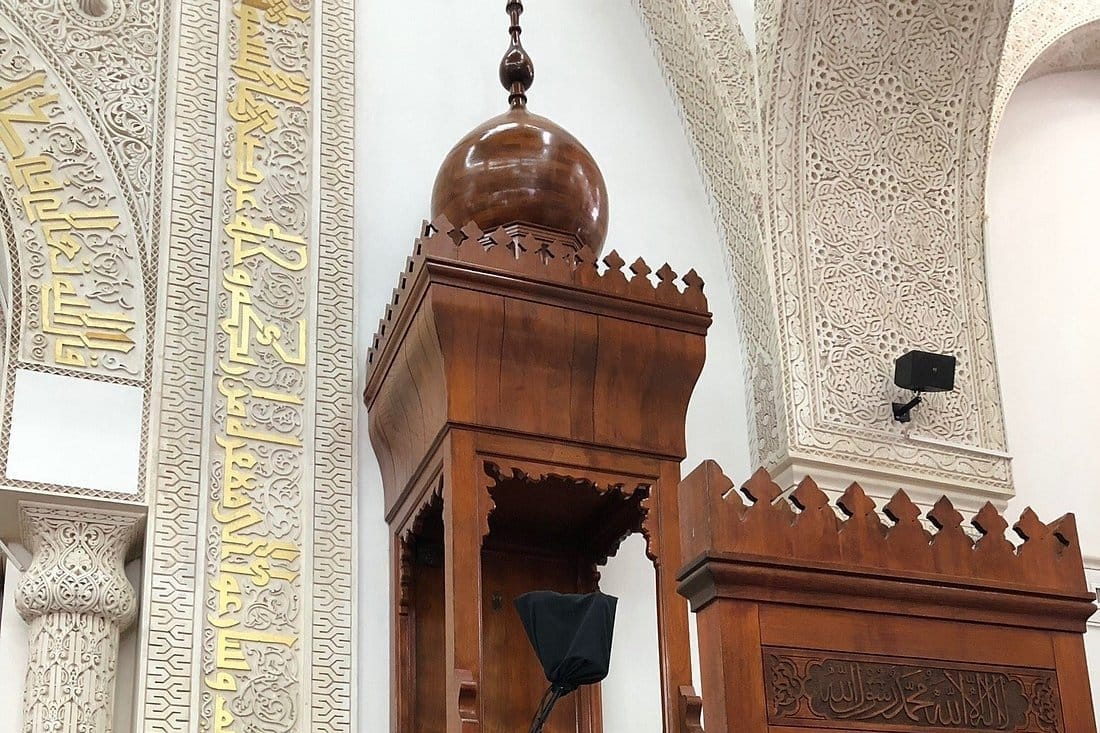
Masjid Al Qiblatain has undergone multiple renovations, the most significant being during the reign of King Fahd. Today, it boasts modern amenities while maintaining traditional Islamic architectural features such as white domes, symmetrical arches, and an open prayer area filled with natural light.
- Twin domes symbolizing the two qiblas
- Marble floors for cool comfort during prayer
- Separate prayer spaces for men and women
- Ample parking and accessibility features
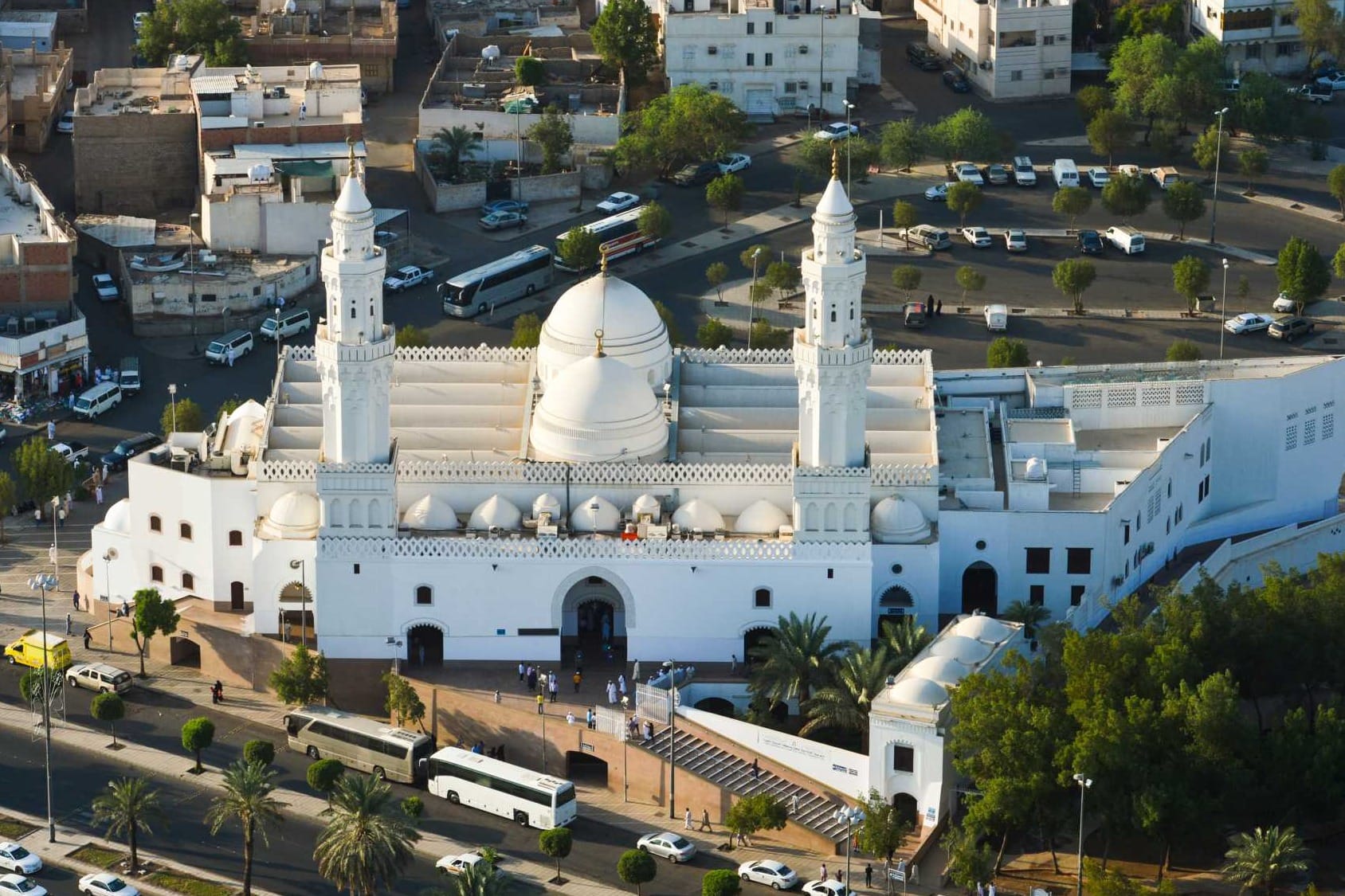
Preserving Historical Elements
Despite modernization, some original elements have been preserved to reflect its historical identity. Though the original mihrab facing Jerusalem was removed in renovations, the mosque still features markers indicating both qibla directions.
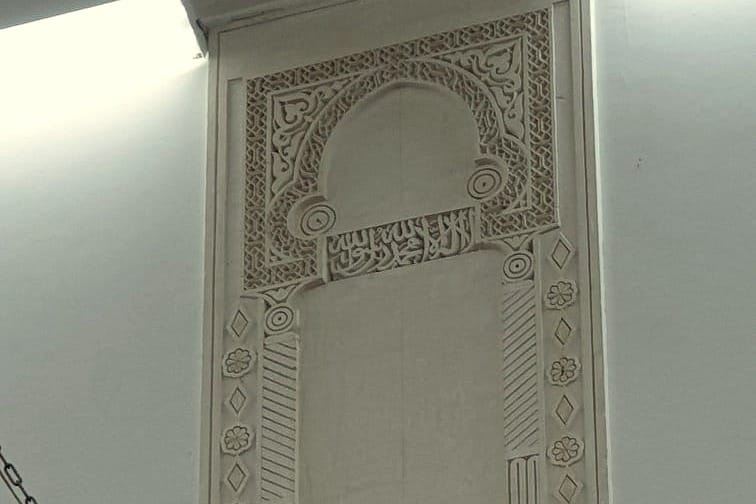
How to Get to Qiblatain Mosque
Location in Madinah
Masjid Qiblatain is located in the western part of Madinah, in the Al-Khalidiyyah district. It is approximately 5 kilometers from Masjid-e-Nabawi, making it a convenient stop during your ziyarat tour.
Transportation Options
- Madinah Hop-On Hop-Off Bus: The most preferred and practical way to visit Qiblatain Mosque and other historical landmarks. The mosque is part of the Green Route, which includes key Islamic sites like Masjid Quba, Uhud Mountain, and Masjid-e-Nabawi—making it especially convenient for pilgrims who want to explore the city comfortably and efficiently
- Taxi or Ride-Share: Services like Uber or Careem are available for direct access but may be less efficient if you plan to visit multiple sites
What to Expect During Your Visit
Spiritual Atmosphere
Visitors are often moved by the tranquil environment and the weight of historical significance. Whether you are offering two rakats of nafl prayer or simply reflecting, this is a place that invites inner peace.
Facilities Available
- Clean restrooms and ablution areas
- Bookstore with Islamic literature
- Multilingual signs and informational displays
Best Times to Visit Masjid Al Qiblatain
Peak Seasons
- Ramadan and Hajj Season: Expect larger crowds
- Mild Weather (November to March): Ideal for walking tours and photography
Avoiding the Crowds
Weekday mornings offer the quietest visiting experience. Fridays and weekends tend to be busier with local and international visitors. To avoid traffic or parking issues, many visitors prefer using the Madinah Hop-On Hop-Off Bus, which allows for timed, drop-off visits without the hassle.
Nearby Attractions in Madinah
Make the most of your trip by visiting other historical sites in the vicinity:
- Masjid Quba: The first mosque built in Islam
- Masjid al-Nabawi: The Prophet’s Mosque and second holiest site in Islam
- Uhud Mountain: Site of the famous Battle of Uhud
All of these landmarks—including Qiblatain Mosque—are conveniently connected via the Madinah Hop-On Hop-Off Bus, making it easy to structure a full day of spiritual sightseeing with minimal effort.
For a seamless experience, consider reading our Madinah Ziyarat Guide.
Travel Tips for First-Time Visitors
- Dress modestly and comfortably
- Carry a prayer mat if visiting during peak times
- Learn a few Arabic phrases or use a translation app
- Stay hydrated, especially in summer
Conclusion
A visit to Qiblatain Mosque is more than just a sightseeing stop—it's an encounter with one of the most defining moments in Islamic history. This is where a single divine command reshaped the spiritual direction of an entire faith. The mosque offers a rare opportunity to stand in a place where revelation was received, and where the unity of the Muslim ummah took physical form.
If you're in Madinah, don’t miss the chance to stand where history turned—literally—and feel the power of that divine moment. And if you're short on time, the Madinah Hop-On Hop-Off Bus offers one of the easiest ways to include this unforgettable site in your journey.
May your journey be blessed and your prayers accepted—safe travels in Madinah!

